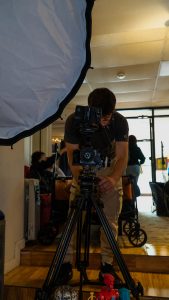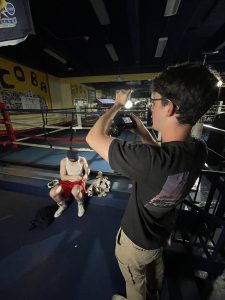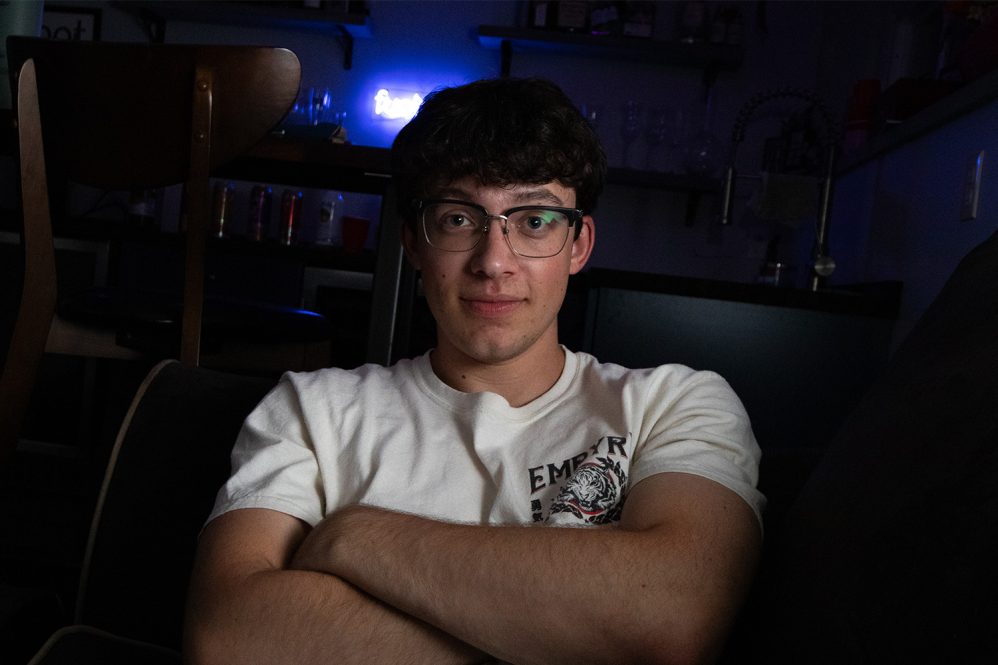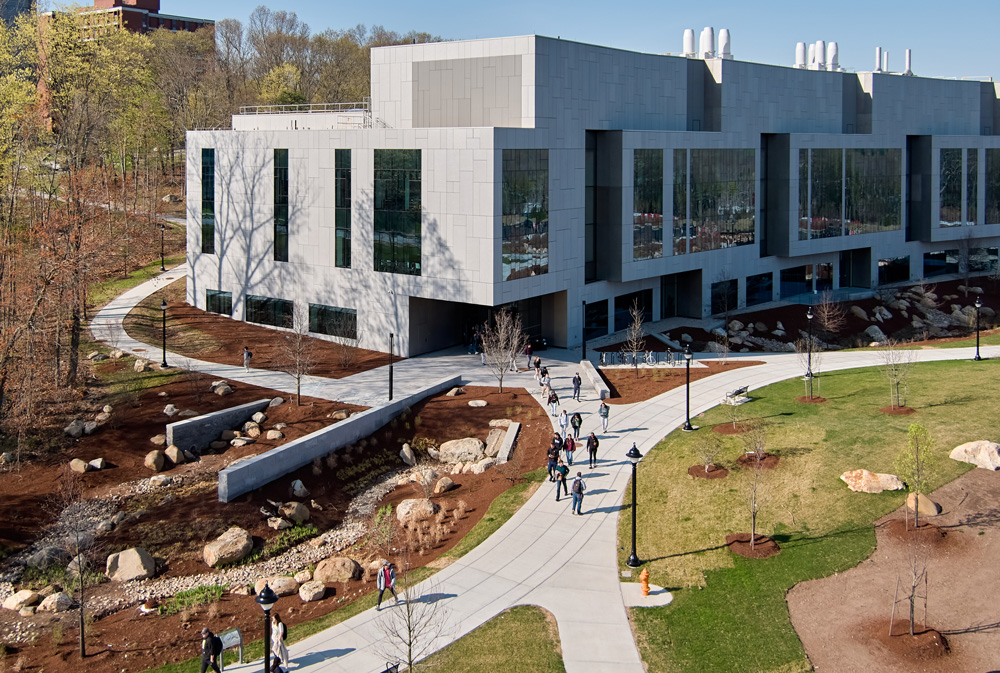Their names are as iconic as some of the musicians that graced their stages.
CBGB in New York.
The Troubadour in Los Angeles and Whisky a Go Go in West Hollywood.
The 40 Watt Club in Georgia.
Toad’s Place in New Haven.
They’re the places where careers were launched and artists made names for themselves – bands like The Ramones and The Doors; Guns N’ Roses and R.E.M.; singers like Patti Smith and Joni Mitchell and Neil Diamond; and musicians like Frank Zappa and Michael Nesmith.
But for each iconic venue, there have been hundreds more – smaller, lesser known, underground places packed to the gills on show nights.
And for each legendary name, there have been thousands more – bands trying to make it big, songwriters looking to write a hit, or artists just looking to share their music with a welcoming audience that will resonate with them.

You don’t have to look to the cities to find those venues and artists either – they’re in areas both urban and rural, and right here in Connecticut as well – some advertised and others hidden from plain sight, but there for the audiences who know where to find them.
And sometimes in those audiences, and other times behind the scenes, you might find Evan Elmore ’27 (SFA), who grew up in West Hartford and started seeking out those underground venues and those independent artists – often with a camera in hand – when he was 18 years old.
“About two years ago, I started going to local shows, because some of my friends make music and they perform sometimes,” says Elmore. “They knew someone who hosts shows, so they get to perform, and I just saw what a cool community the local music scene has.”
Elmore isn’t a musician, but he is an artist – his medium is film, with a little photography thrown in as well. Which is why he started going with his musician friends to their shows.
“I was kind of backstage, since I was photographing and taking video for my friends, but it was super cool to see how it was all run,” he says. “It was just five bucks to get in, and it was an artist that I didn’t really know, but it was cool to be a part of that and see that, even though it’s on a small scale, kind of in the middle of nowhere, it was still run and still had the same energy as a big concert.”
That energy has kept Elmore going back to shows in an underground music scene that’s active and alive in Connecticut, he says, at places like Howard’s Bookstore in Torrington, which hosts open mics every Wednesday and regularly produces shows with local rappers and hardcore bands.
And at Cheery Street Station, a stomping ground for punk and metal bands in Wallingford.
And at The Dog Pound, a relatively new and inclusive basement venue in Storrs that hosts local bands of all kinds.
What all three venues and the people who frequent them have in common, Elmore notes, is the same sense of community.
“I think a lot of people would be surprised how supportive and respectful people are at these shows,” he says. “No matter where you’re coming from, and no matter if it’s bands of different fan bases or genres, everyone’s really supportive. All the bands support each other, and all the crowds are respectful, and everyone just wants to have a good time.”
It’s the scene’s energy and sense of community that Elmore is hoping to capture and share through a documentary project he’s working on this summer, supported by an IDEA Grant from the UConn Office of Undergraduate Research.
The IDEA Grant program awards funding up to $6,000 per undergraduate student to support student-designed and student-led projects, including creative endeavors, community service initiatives, entrepreneurial ventures, and research projects and other original and innovative projects. The program is available to undergraduate students of all majors at all UConn campuses.
Elmore learned about the opportunity for IDEA Grant funding for an original project through the UConn Student Daily Digest as a first-year student, and decided to apply during his sophomore year.
“I was like, I should take this opportunity and make a documentary, because that’s been done a lot of time before that with the IDEA Grant, and I enjoy documentaries, and I think they’re very doable by yourself,” says Elmore, who watches a lot of documentaries himself. “And also, just on a small scale, even with not a lot of gear or experience, you can really make something that’s impactful.”
And impact is what he’s going for, as he’s spent the first part of the summer filming at the those three venues in order to share the essence of the local music community; the feel of the venues; the histories they hold within their walls; and the stories of some of the rappers, solo artists, and indie bands who play there.
For Elmore – who started making YouTube videos when he was 15, which sparked his interest in pursuing film – this IDEA Grant documentary project is a step toward his ultimate goal, which is to start his own business that would partner with music artists and work alongside them to produce visual content.
“All types of visual content, like graphics, photos – to go on tour with artists and take photos and videos for them,” he says. “Being part of any sort of process of artistic process with music would be super cool.”
The growing film concentration at UConn, part of the School of Fine Arts Bachelor of Fine Arts program offered through the Department of Digital Media and Design, is helping Elmore work toward that goal as he hones his skills as a young filmmaker.
During the semesters in Storrs, he also works for the Neag School of Education as a student photographer and multimedia producer and as the advertising director for UCTV, the University’s student television station.

“It’s pretty good to just get out there, and use gear, and work with other students on ideas and projects, and just make mistakes,” he says. “That’s the best way to learn. Just doing it.”
He faces a busy summer, though: he spent much of May and June filming, and plans to dedicate most of his time in July and August to editing, as he pushes through an ambitious timeline for his one-man, self-produced, first feature-length documentary production.
He hopes to advertise, market, and screen his film at UConn Storrs, and at some of the featured music venues, this fall.
Elmore says that anyone – whether they’re familiar with Connecticut’s underground music scene or brand new to it – would find most of the state’s local venues a welcome place.
But if you’re brand new, where should you start?
One place would be by checking out his documentary screening during the fall semester in Storrs.
But another would be with a Ruby Leftstep show, he recommends.
“They’re very popular in the local scene,” he says of the three-man, New Hartford-based indie band. “A lot of people know them, and they have a real fan base that knows all their lyrics.
“And that’s another part of the documentary,” he continues. “Getting a kind of behind-the-scenes look at these bands, their backgrounds, how they make music, how they record it, how they perform, how the band members interact with each other and their fans. That’s a big part of it.”



